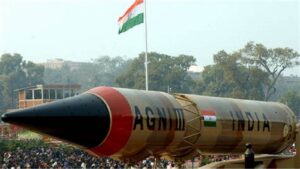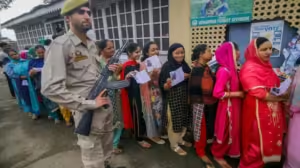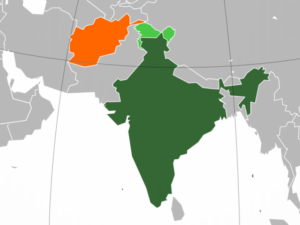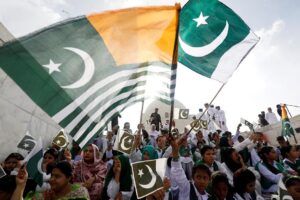By Dr. Shahid Hameed
India’s official commitment to a ‘no first use (NFU)’ policy as a cornerstone of its nuclear doctrine has been maintained since the inception of its tactical weapons (TWs). However, over time, scholarly, military, and political circles in India have engaged in a growing debate concerning the potential reevaluation of this policy. Analysts specializing in nuclear issues contend that India’s nuclear posture reflects a sophisticated synthesis of deterrence concepts proposed by Sundarji and Subrahmanyam. These doctrines encompass a dual-use deterrence approach, incorporating defensive and offensive elements to effectively deter potential adversaries, particularly Pakistan and China. Nevertheless, it is essential to note that the contemporary orientation of India’s nuclear posture differs significantly from the immediate post-1998 nuclear events in South Asia, reflecting a nuanced evolution in its strategic and nuclear policy outlook.
Indian military strategies against Pakistan encompass three core objectives, which are central to their approach. Firstly, they involve executing border intrusions or what are often referred to as “illegal surgical strikes.” These operations aim to achieve specific military objectives within Pakistan’s territory, demonstrating India’s willingness to take decisive actions to safeguard its interests.
Secondly, India aims to mitigate the perceived threat level in illegally occupied Jammu & Kashmir while strategically framing the Kashmir freedom struggle as an act of terrorism. By portraying it in this light, India seeks to delegitimize the movement and concurrently discourage Pakistan’s support for any independence movements in the region. This tactic underscores India’s focus on weakening Pakistan’s backing for potential secessionist movements.
Thirdly, Indian military strategies involve an emphasis on clandestine operations and support to militant actors operating within Pakistan’s borders under the umbrella of Indian RAW. This clandestine assistance aims to undermine internal peace and security in Pakistan, creating a volatile environment that can be exploited to India’s advantage.
In the context of historical developments, India’s peaceful nuclear agenda initially received support through technology transfers from Western nations. However, India eventually misused this assistance to bolster its military capabilities. Over the past few years, India’s actions have repeatedly violated international norms and laws, as evidenced by its military misadventures. The sequence of offensive actions initiated by India indicates a deliberate strategy to provoke Pakistan. Simultaneously, the political leadership of India has been continuously issuing threatening statements against Pakistan, further fueling tensions and apprehensions in the region.
Recent statements by Rajnath Singh and other military high-ups in India, particularly regarding crossing the Line of Control (LoC) and launching attacks on Azad Jammu and Kashmir (AJK), provide confirmation of a discernible shift in India’s nuclear posture. Such statements signal a departure from India’s previous posture of restraint and indicate a willingness to adopt a more dangerous and potentially escalatory stance in its nuclear strategy. The Stockholm International Peace Research Institute (SIPRI) confirms that India is consistently increasing its horizontal and vertical nuclear capabilities. The new approach has multidimensional objectives and a comprehensive approach to deal with regional and global objectives.
As a matter of fact, the evolving Indian nuclear posture exhibits two significant tenets. Firstly, a discernible shift in priority is evident, wherein the emphasis has moved away from a defensive retaliation approach towards a proactive first attack strategy. Secondly, the Indian nuclear posture now seeks to integrate both counter-value and counterforce strategies. By combining these two approaches, India aims to not only target Pakistan’s military capabilities (counterforce), but also its valuable assets and population centers (counter value).
Indeed, India’s current offensive trajectory in its military and nuclear policy is leading the South Asian region towards a precarious and potentially risky situation, which could have broader global implications. As such, it is imperative for Pakistan to swiftly engage in diplomatic and political efforts aimed at exposing India’s intentions within the region. Timely and decisive engagements are vital to unmask India’s strategic objectives and garner international support in addressing the emerging challenges posed by India’s actions.
The views expressed in this article are solely those of the author and do not necessarily reflect the views of The Global Politico.








